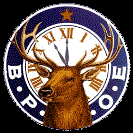Saint Patrick's Dance Santa Ana 3/12/2010
The Santa Ana Elks did it again, a great evening of fun and food! Make sure you see the Saint Patrick's Comic Strip.
Did you know? - Saint Patrick's Day (Irish: Lá Fhéile Pádraig) – sometimes known colloquially "St. Paddy's Day" or "Patrick/Paddy's Day" – is an annual feast day that celebrates St. Patrick (circa AD 387–493), the most commonly recognized of the patron saints of Ireland, and is generally celebrated on 17 March.
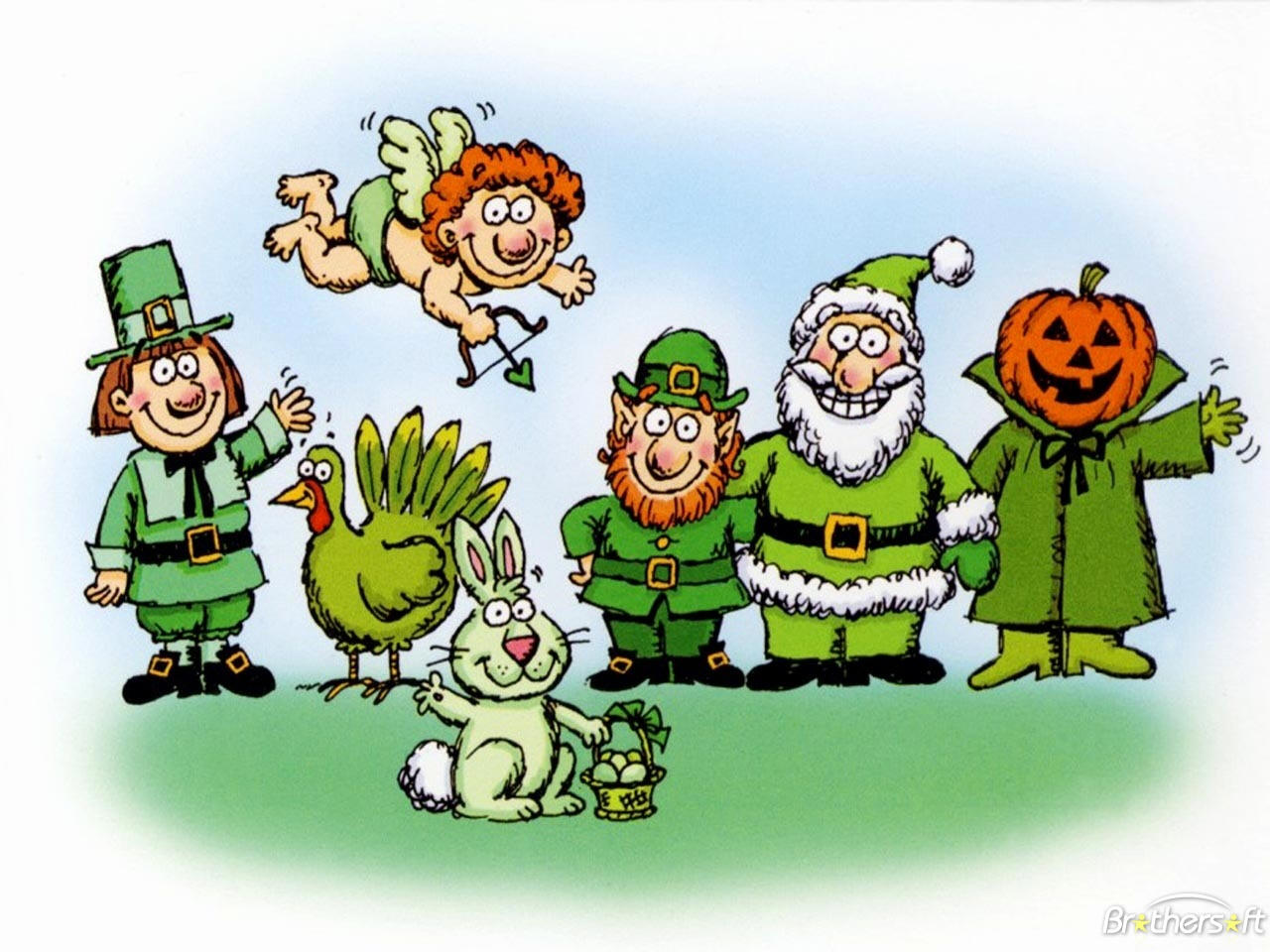
Everyone is Irish on St Paddy's Day
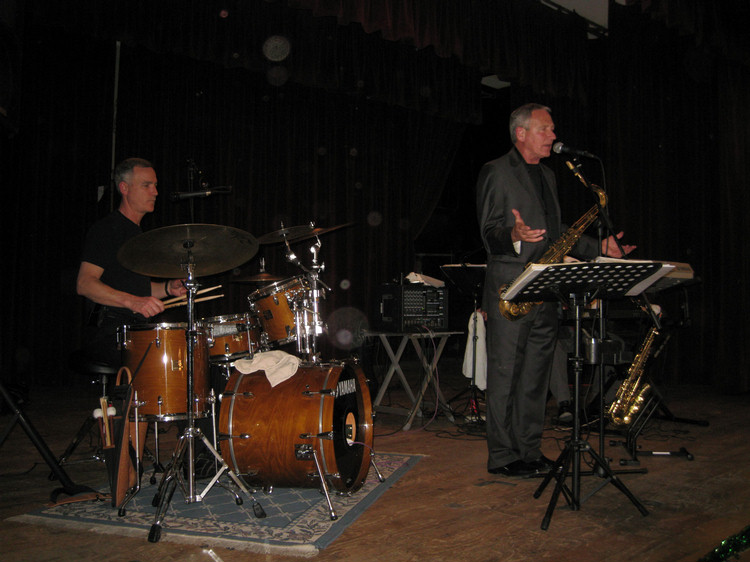
Larry Fresch did the honors
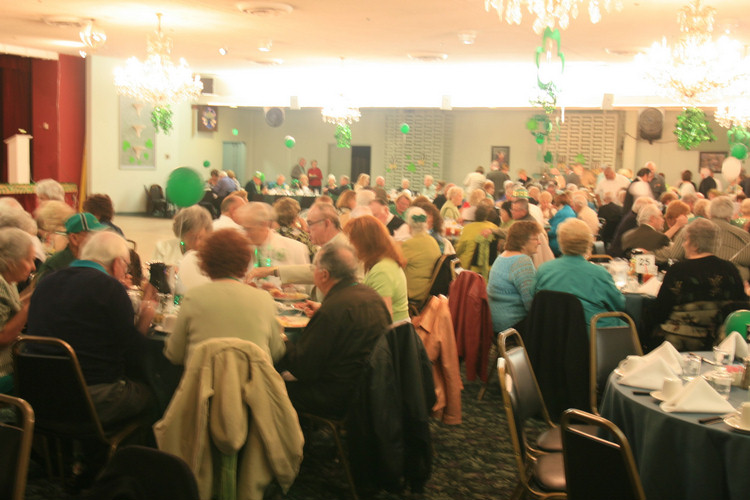
Full house!
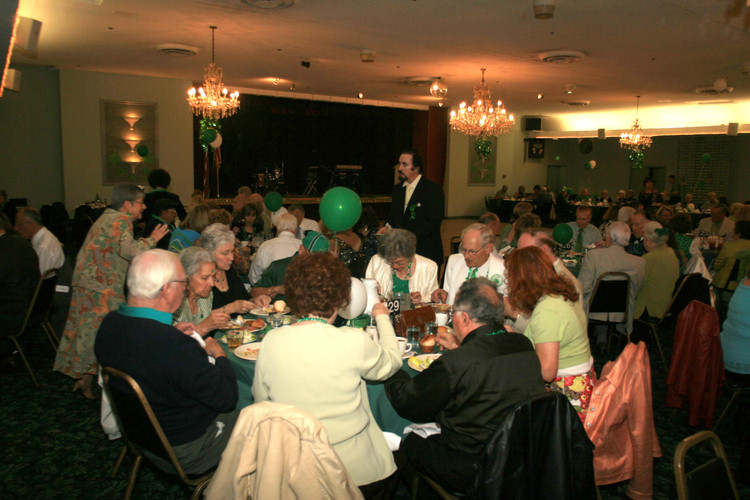
Sue passes out candy.


The man has class... Too bad it's all 3rd

Sue and Paul
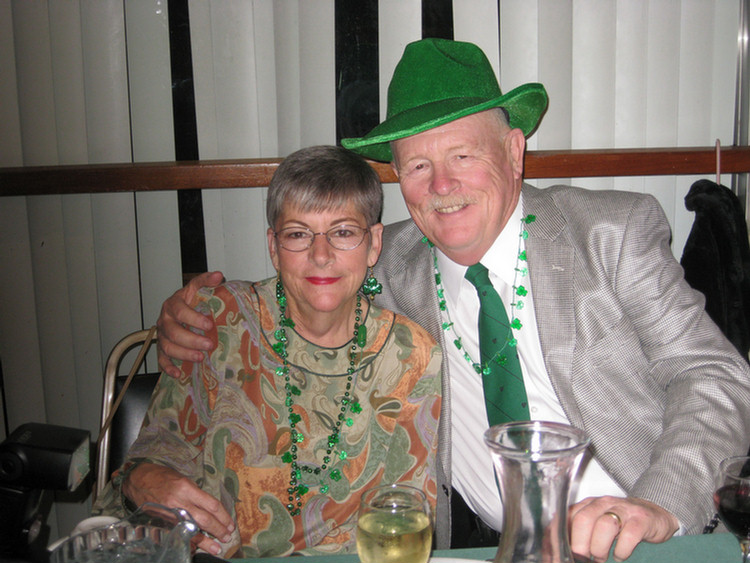
Time To Eat: Decorations Everywhere
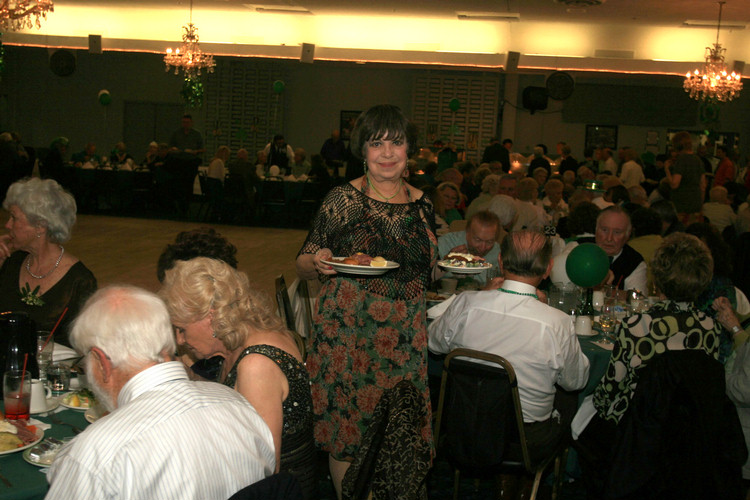
Gladys works her way back to the table.

Time to visit

Herb fills his plate
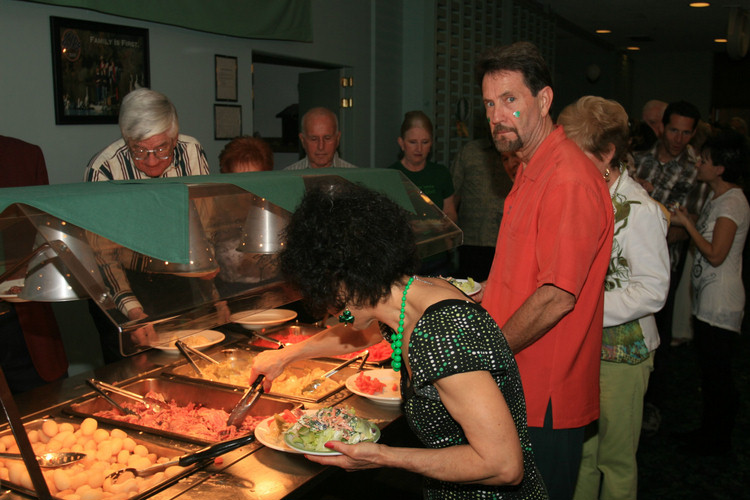
Donna and Bob making choices

Donna found it

Always a Ham somewhere (inside joke)
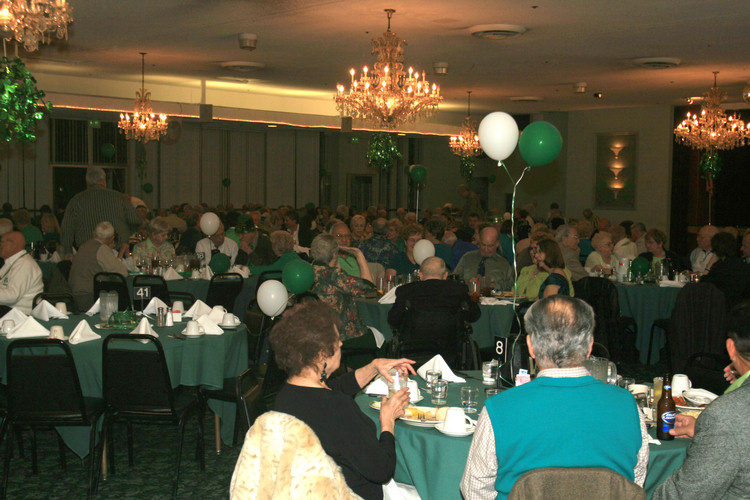
It gets quiet
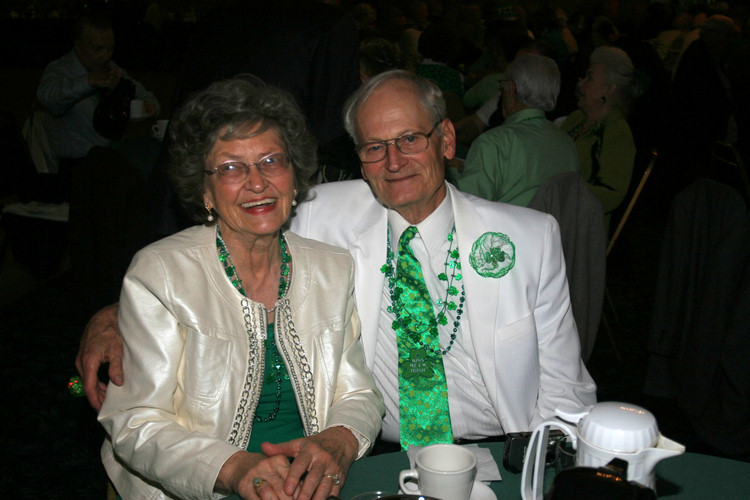
Decked out for the holiday
Let The Dancing Begin
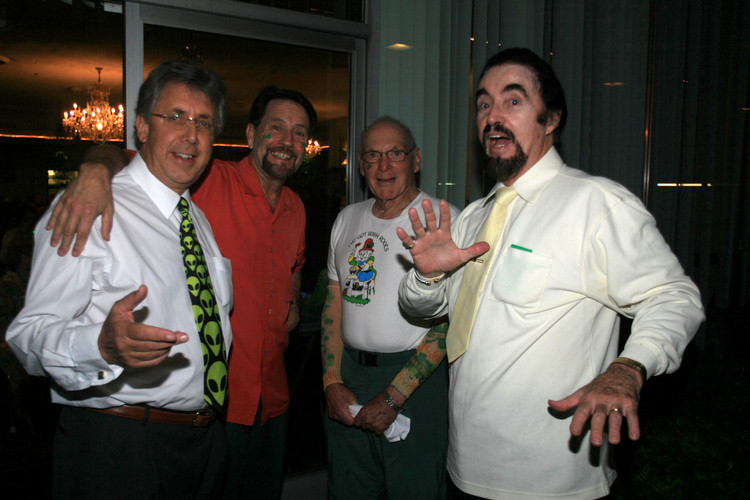
Leprechauns, No! Boys night out.... No! Just the guys cooling off!
Did you know? - A leprechaun (Irish: leipreachán) is a type of fairy in Irish folklore, usually taking the form of an old man, clad in a red or green coat (ed. Or white dress shirt, red shirt, T-shirt, or long-tailed dress-shirt), who enjoys partaking in mischief. Like other fairy creatures, leprechauns have been linked to the Tuatha Dé Danann of Irish mythology. Popular depiction shows them as being no taller than a small child
The earliest known reference to the leprechaun appears in the medieval tale known as the Echtra Fergus mac Léti (English: Adventure of Fergus son of Léti). The text contains an episode in which Fergus mac Léti, King of Ulster, falls asleep on the beach and wakes to find himself being dragged into the sea by three lúchorpáin. He captures his abductors, who grant him three wishes in exchange for release.
The leprechaun is said to be a solitary creature, whose principal occupation is making and mending shoes, and who enjoys practical jokes. According to William Butler Yeats, the great wealth of these fairies comes from the "treasure-crocks, buried of old in war-time", which they have uncovered and appropriated. According to McAnally the leprechaun is the son of an "evil spirit" and a "degenerate fairy" and is "not wholly good nor wholly evil"

The girls discuss their fashion statements
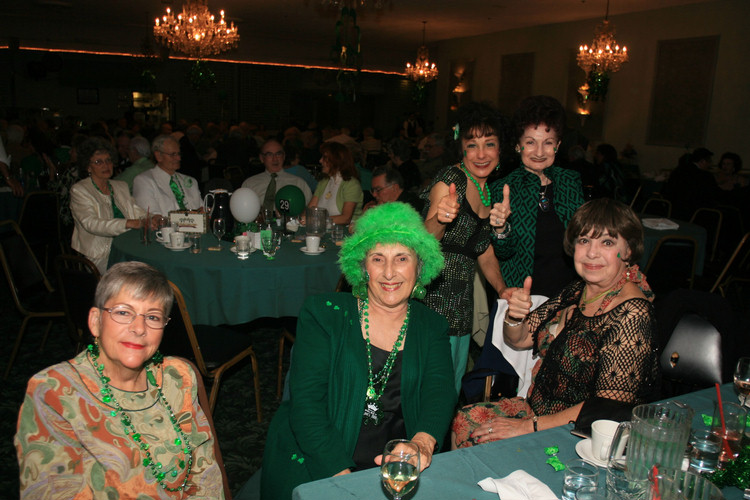
HEY.... "Look tis way!"
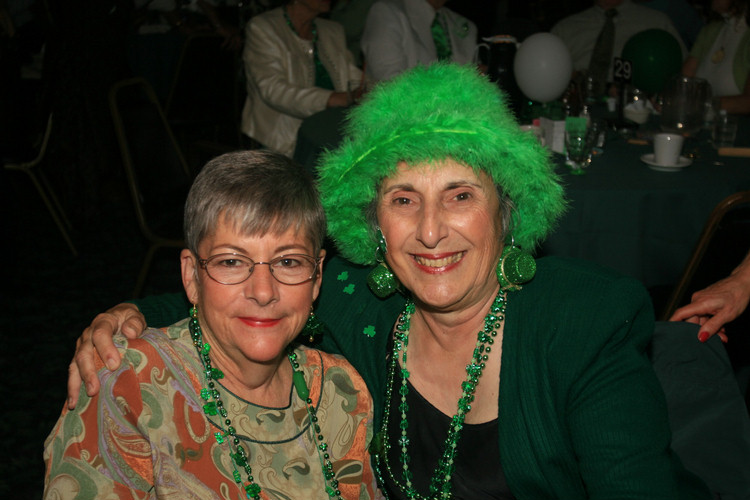
Gladys works her way back to the table.
Line Dance Time With Professor Del
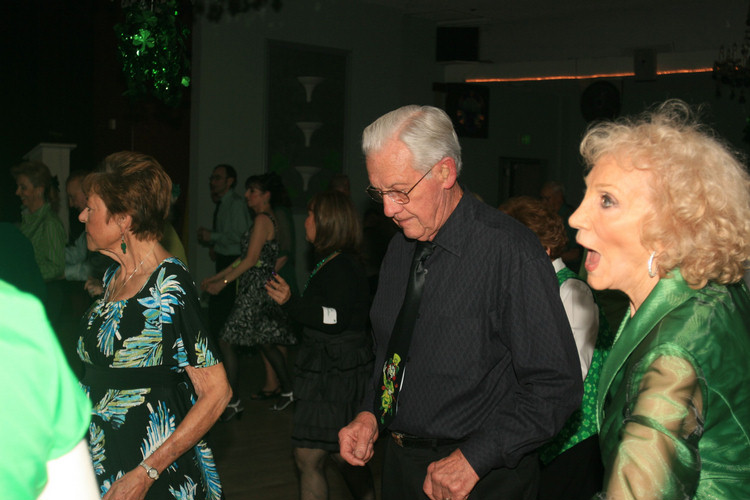
Del gives lessons... And he is out there on his own!!!


Go Del Go!!!

Del gives lessons... And he is out there on his own!!!
Did you know? - It is said that every Leprechaun has a pot of gold, hidden deep in the Irish countryside. To protect the leprechaun’s pot of gold the Irish fairies gave them magical powers to use if ever captured by a human or an animal. Such magic an Irish leprechaun would perform to escape capture would be to grant three wishes or to vanish into thin air!
Leprechauns are also very keen musicians who play tin whistles, the Irish Harp and various other Irish traditional instruments. They are known to have wild music sessions at night which in Ireland are known as Ceili's with hundreds of Irish leprechauns gathering to dance, sing and drink. The leprechaun is fond of drinking Poteen, moonshine, but must not be mistaken by their Irish cousins the cluricauns who are drunken creatures who love to cause chaos around Ireland at night time, a headache for us humans.
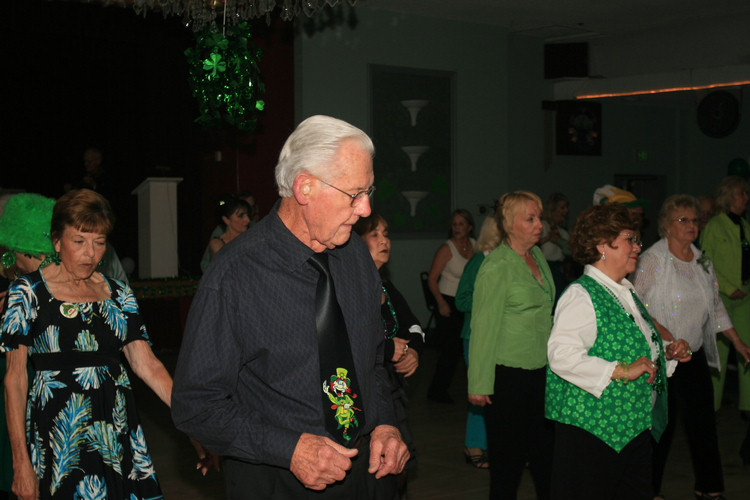
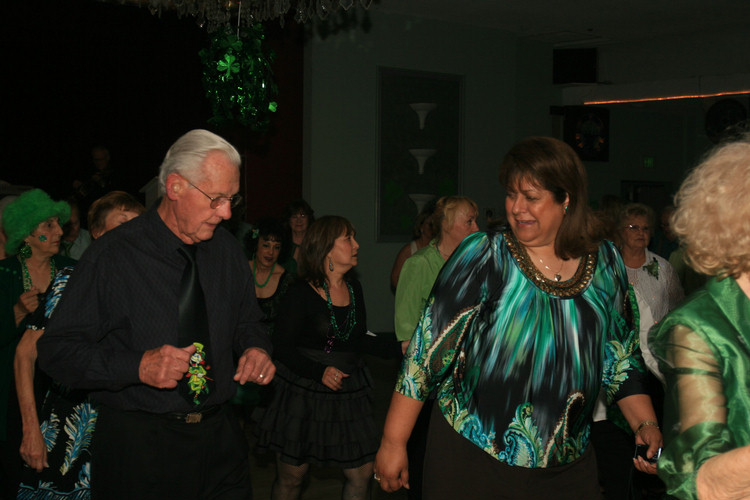
Vicky joins in
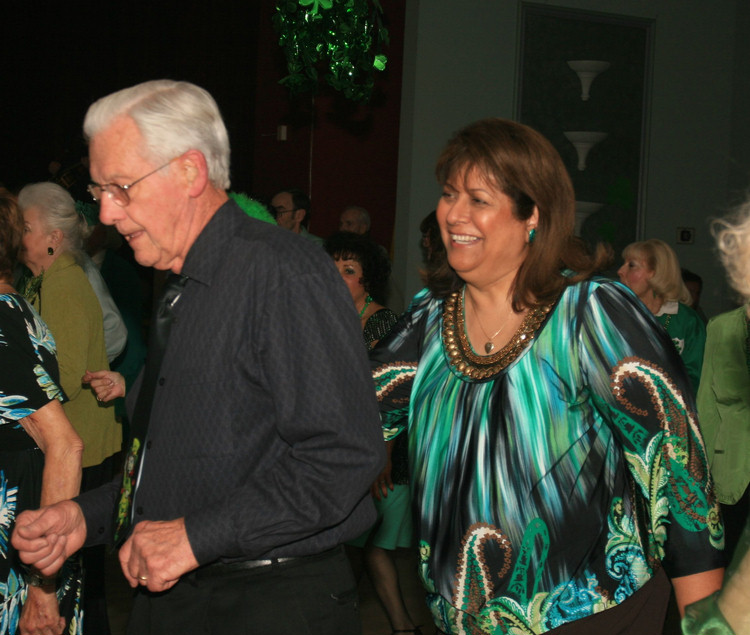
Del gives lessons... And he is out there on his own!!!
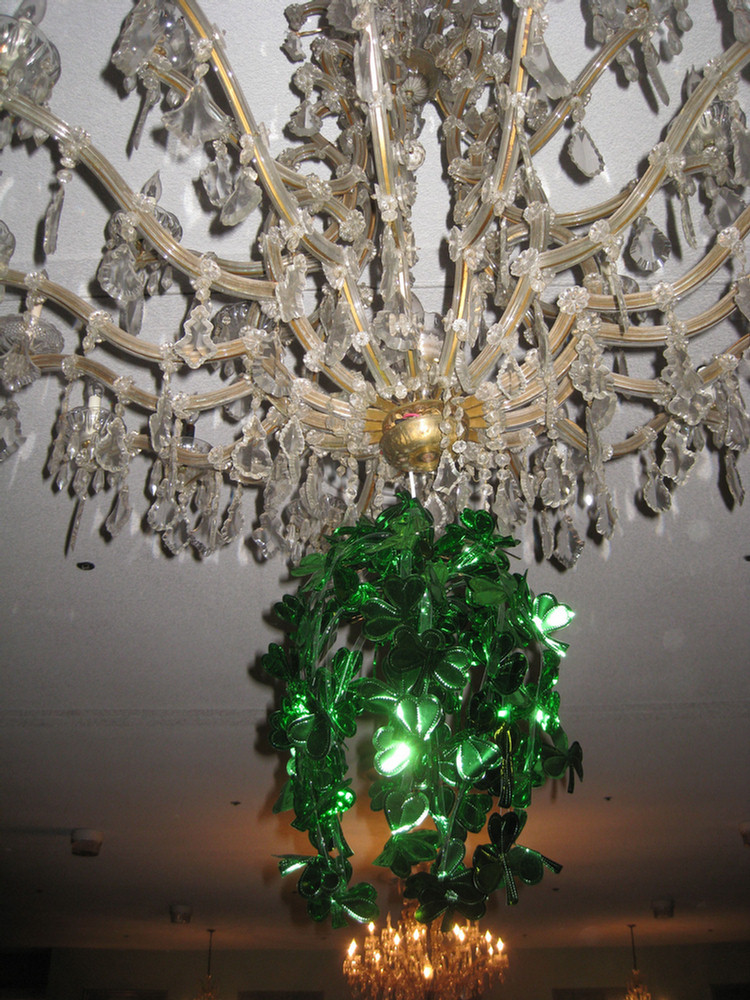
Did you know? - The shamrock is a symbol of Ireland. It is a three-leafed old white clover. It is sometimes of the variety Trifolium repens (a white clover, known in Irish as seamair bhán) but today usually Trifolium dubium (a lesser clover, Irish: seamair bhuí).
However, it should be noted that the Celtic harp, often called "Brian Boru's Harp", is the primary symbol for Ireland, appearing on postage stamps, government insignia, the Irish euro coins, the armed forces insignia and the coat of arms of the President of Ireland. It is registered with the World Intellectual Property Organization as a symbol of Ireland. According to what the Oxford English Dictionary calls "a late tradition" (first recorded in 1726), the plant was used by Saint Patrick to illustrate the doctrine of the Trinity. The posthumous timing of this legend (coming some 1200 years after his death), and the lack of supporting evidence found in St. Patrick's writings have caused some to question its authenticity
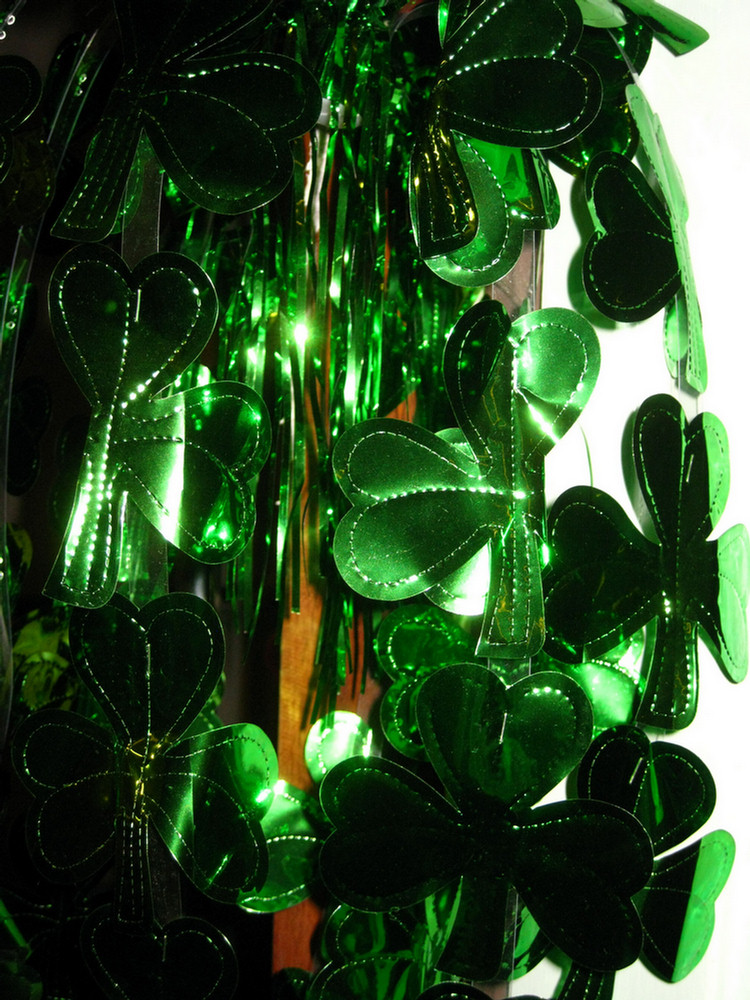
Did you know? - St. Patrick was born as Maewyn Succat during the fourth century in Britain. His parents were very wealthy. His father was also a Christian deacon for tax incentive reasons. When Maewyn was about sixteen his family and their home were attacked by Irish raiders. Maewyn was kidnapped and forced to become a slave working as a shepherd in County Mayo in Ireland.
It was during his time as a slave that he turned to God. He had a dream one night to escape the next day and travel back home to Britain. The next day he did just that and travelled the 200 miles back home to Britain. Once he returned, Maewyn had another religious dream. An angel told him to become a missionary and spread Christianity back in Ireland. He then spent the next fifteen years training to become a priest and chose Patrick as his Christian Saint name.
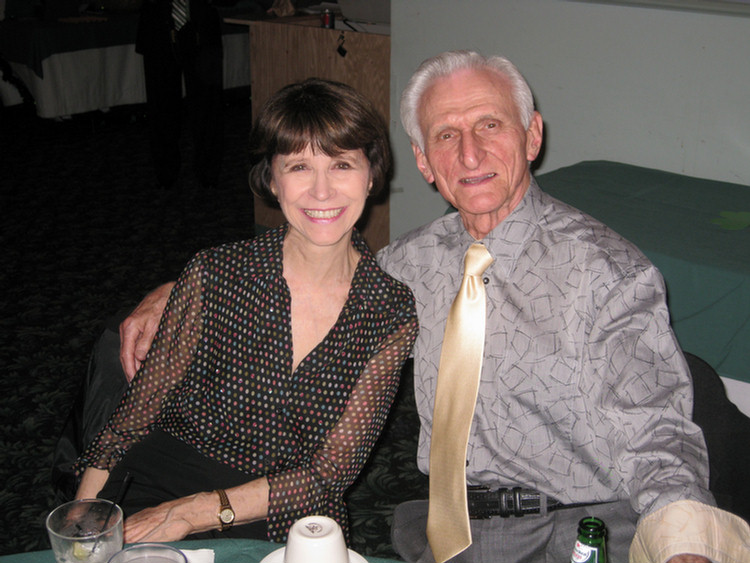
OK guys... Where is the green???

Did you know? - Originally the color associated with St. Patrick was blue, not green. However over the years the color green and its association with St. Patrick's day grew. Green ribbons and shamrocks were worn in celebration of St Patrick's Day as early as the 17th century.
He is said to have used the shamrock, a three-leaved plant, to explain the Holy Trinity to the pre-Christian Irish, and the wearing and display of shamrocks and shamrock-inspired designs have become a ubiquitous feature of the day.
Then in 1798 in hopes of making a political statement Irish soldiers wore full green uniforms on March 17th in hopes of catching attention with their unusual fashion gimmick. The phrase "the wearing of the green", meaning to wear a shamrock on one's clothing, derives from the song of the same name.
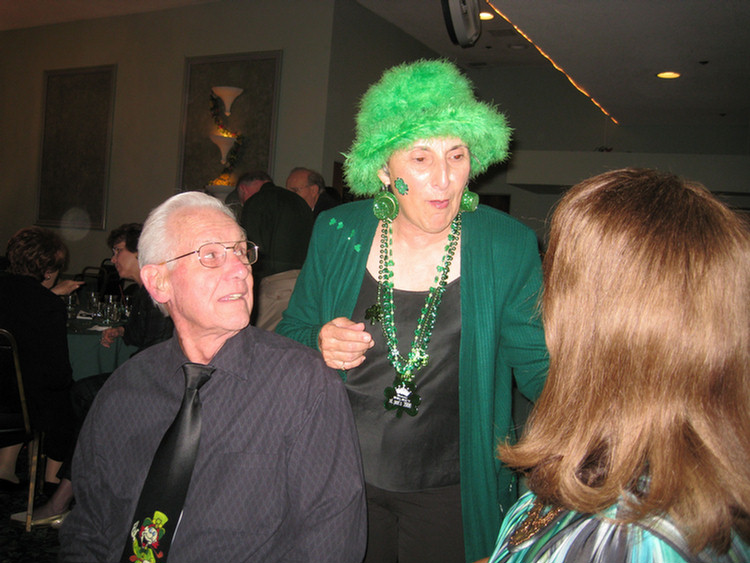
Irene is definitely Irish this evening
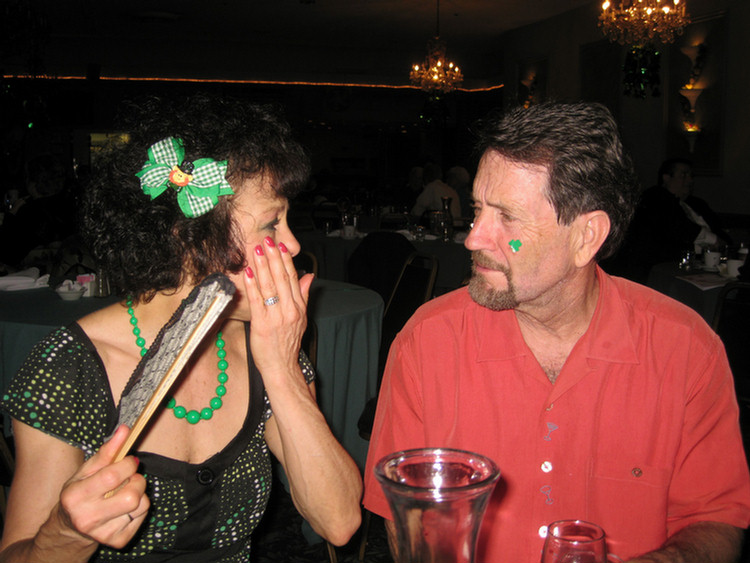
Pssssssst Bob, Did You Know?
Did you know? - Irish Society of Boston organized what was not only the first Saint Patrick's Day
Parade in the colonies but the first recorded Saint Patrick's Day Parade in the world on 17 March 1737. The first parade
in Ireland was not until the 1931 parade in Dublin. This parade in Boston involved Irish immigrant workers marching to
make a political statement about how they were not happy with their low social status and their inability to obtain jobs
in America.
New York's first Saint Patrick's Day Parade was held on 17 March 1762 by Irish soldiers in the British Army.
The first celebration of Saint Patrick's Day in New York City was held at the Crown and Thistle Tavern in 1766, the parades
were held as political and social statements because the Irish immigrants were being treated unfairly.
In 1780, General
George Washington, who commanded soldiers of Irish descent in the Continental Army, allowed his troops a holiday on 17
March “as an act of solidarity with the Irish in their fight for independence." This event became known as The St. Patrick's
Day Encampment of 1780.
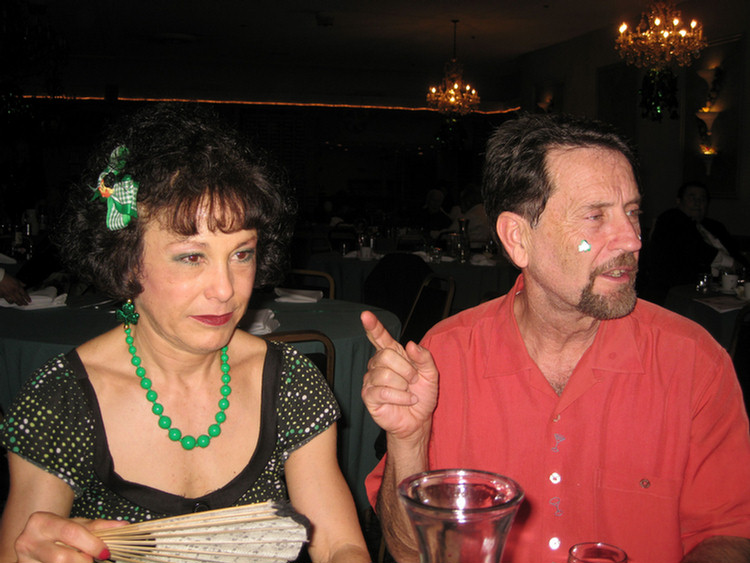
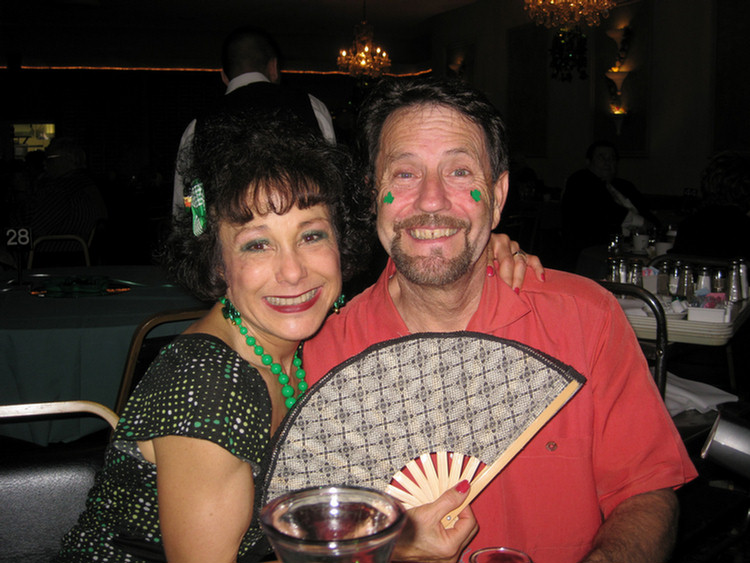
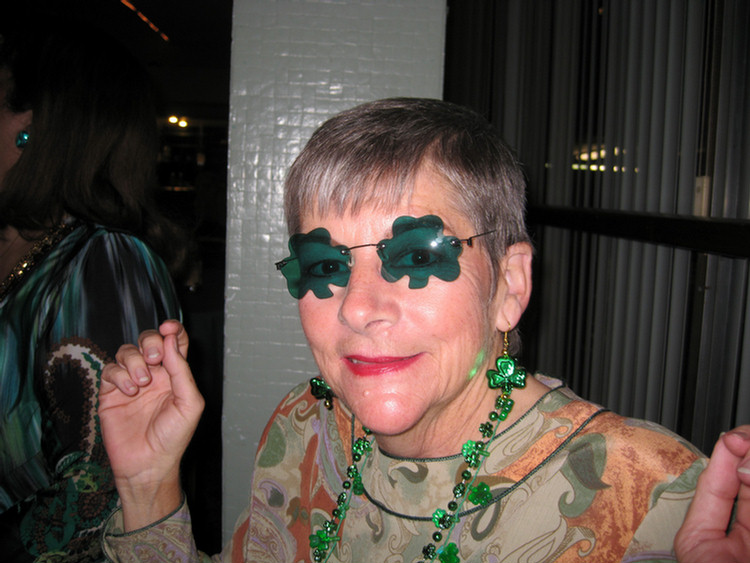
Sue goes Hollywood
The Lodge Was Well Attended This Evening....

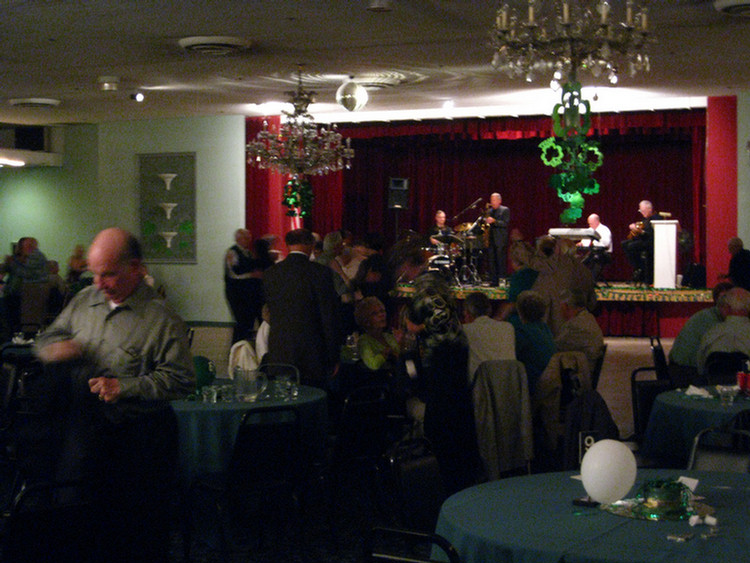

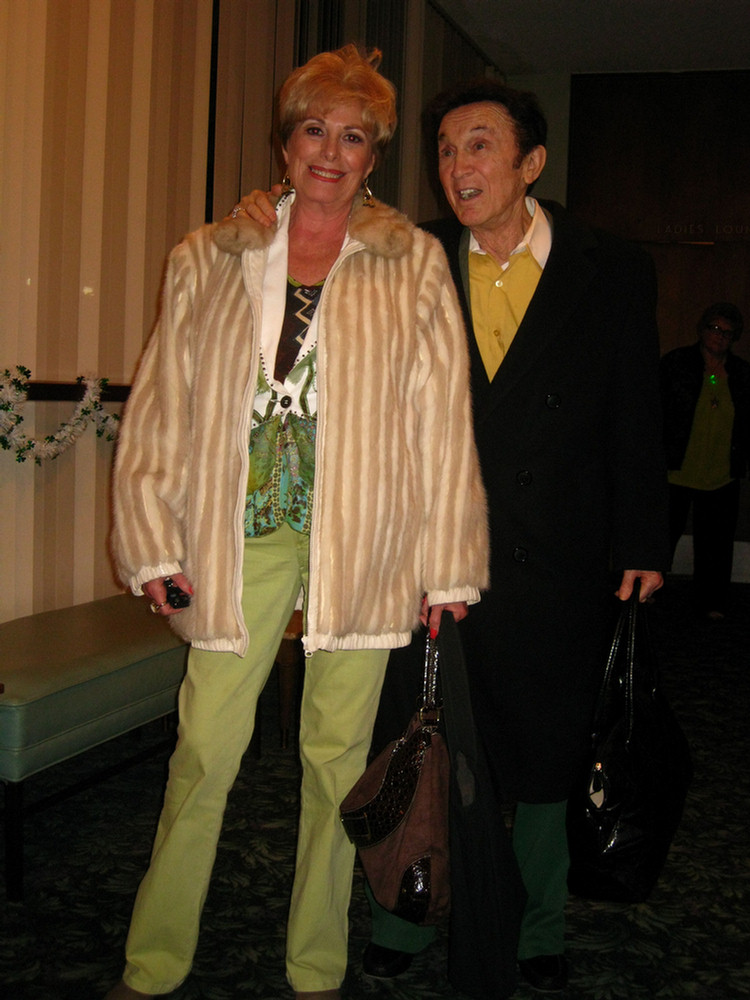
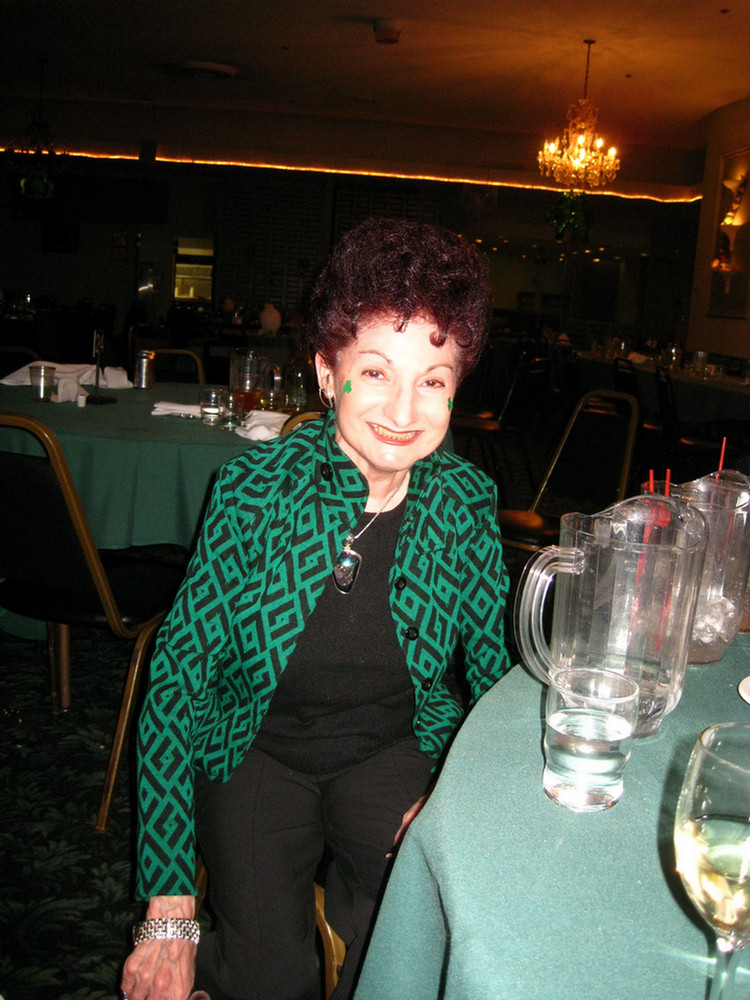

Don't Ask, Don't Tell

Description: "1912 POSTCARD ST. PATRICK'S DAY SOUVENIR; POSTALLY USED and CANCELLED MARCH 1912" Pictured: The painting
depicted is of the "Old Weir Bridge" located Dinis Cottage, in Killarney National Park, Ireland.
Vicky's Camera Was in Full Swing!
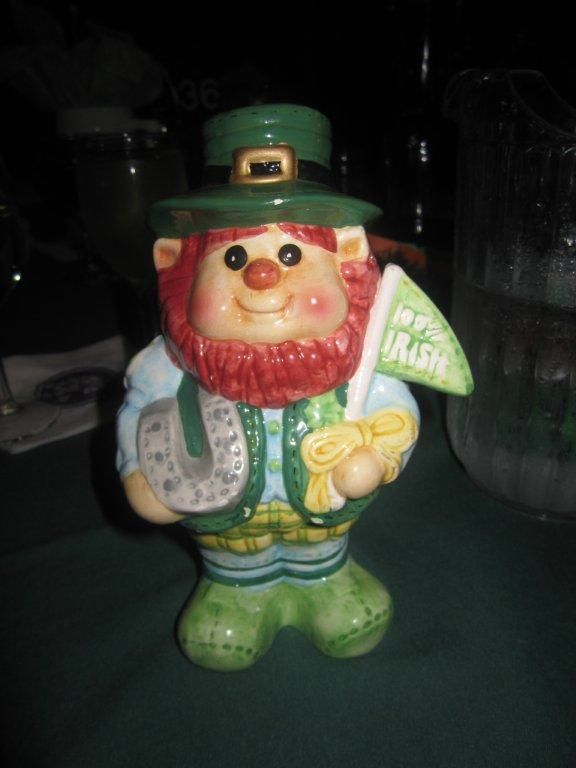
Our little table mate

Del had the tie of the night
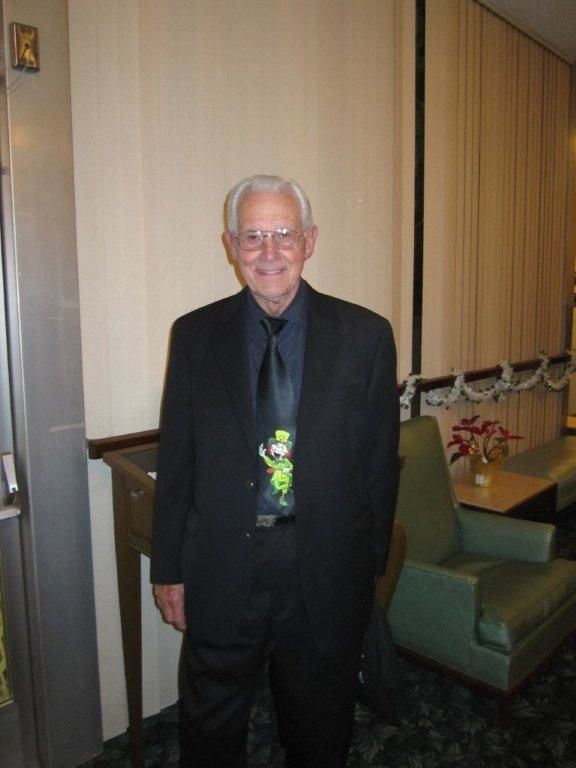
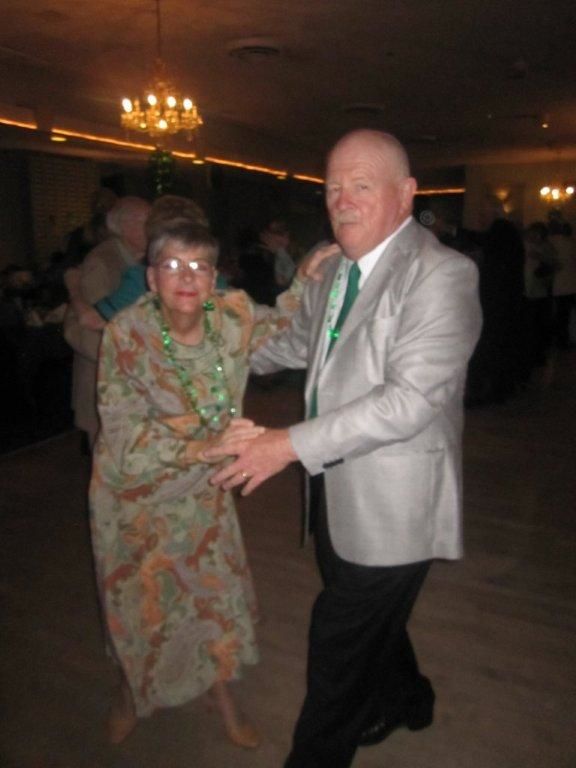
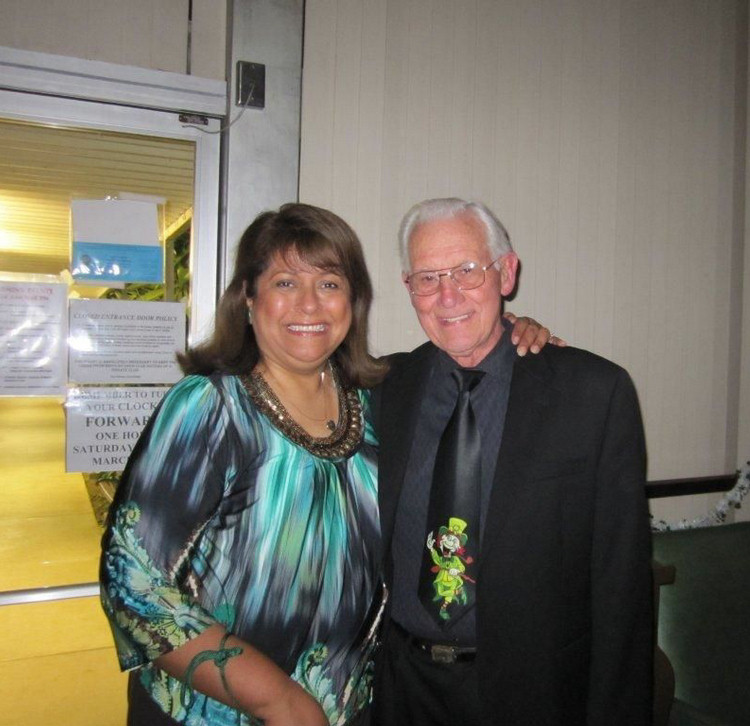
Vicky and Del
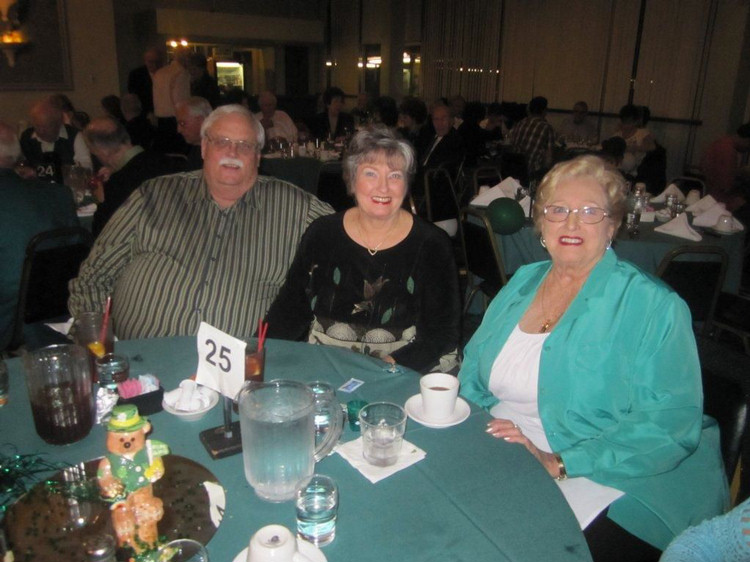
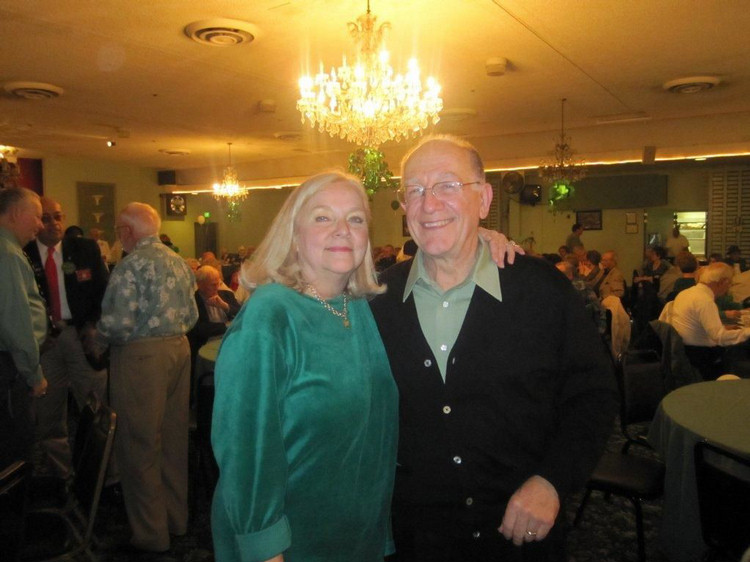
Cathy and Steve


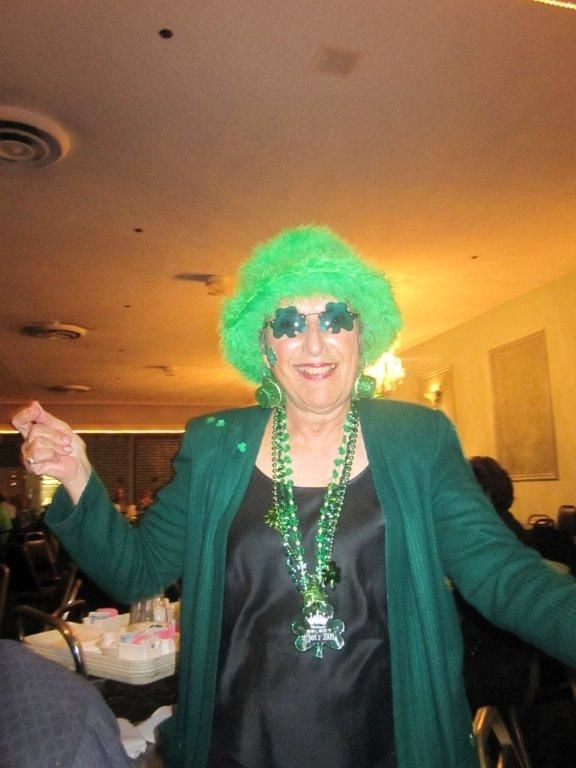
100% Irish
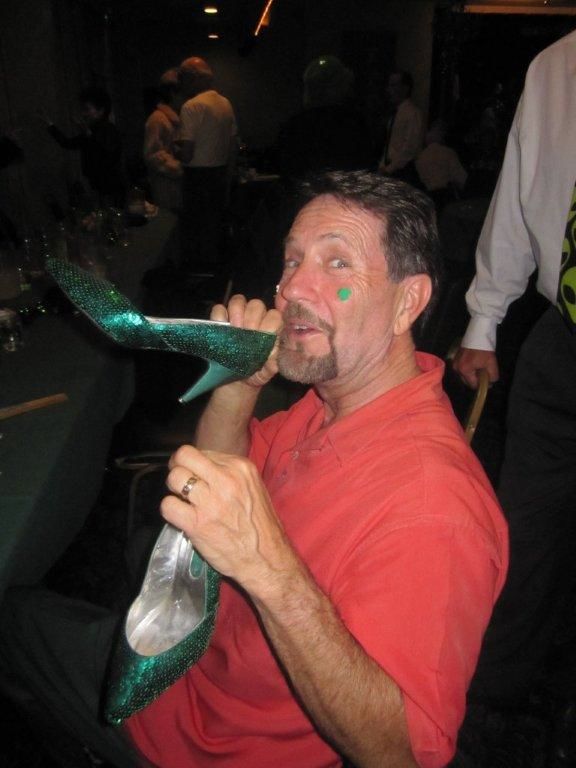
Ah Bob.... That's not the wine glass!
Bob proposes an Irish toast: "May you be poor in misfortune, rich in blessings, slow to make enemies and quick to make friends. And may you know nothing but happiness from this day forward."
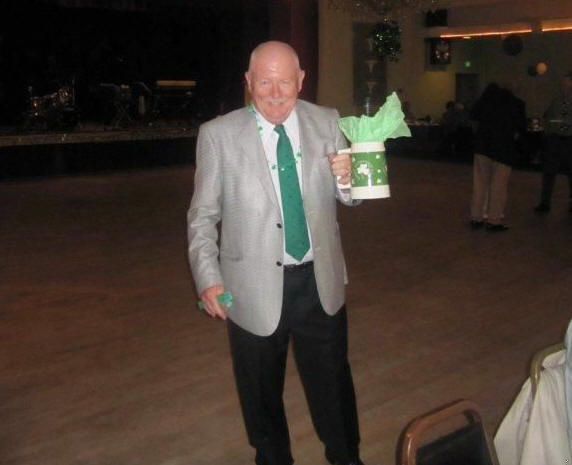
Paul had a winning ticket!

Herb sometimes flashes... So, beware!

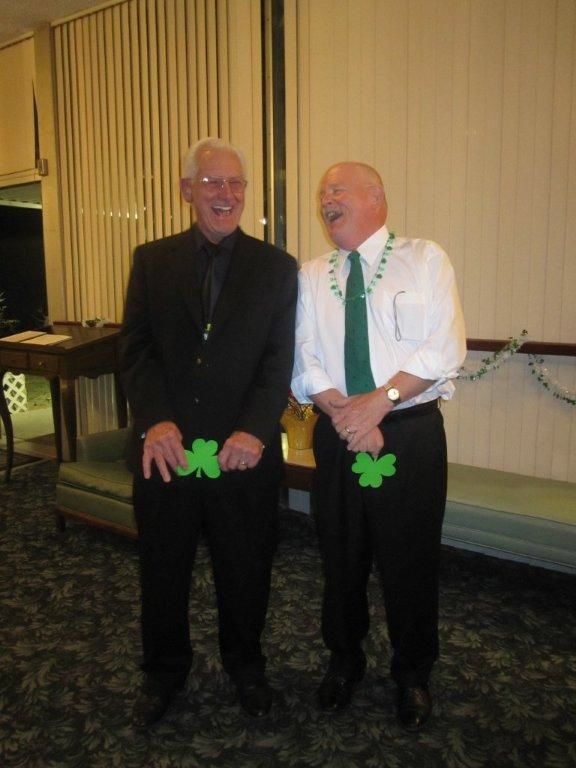
M-m-m-m-m-mm What could they be thinking???
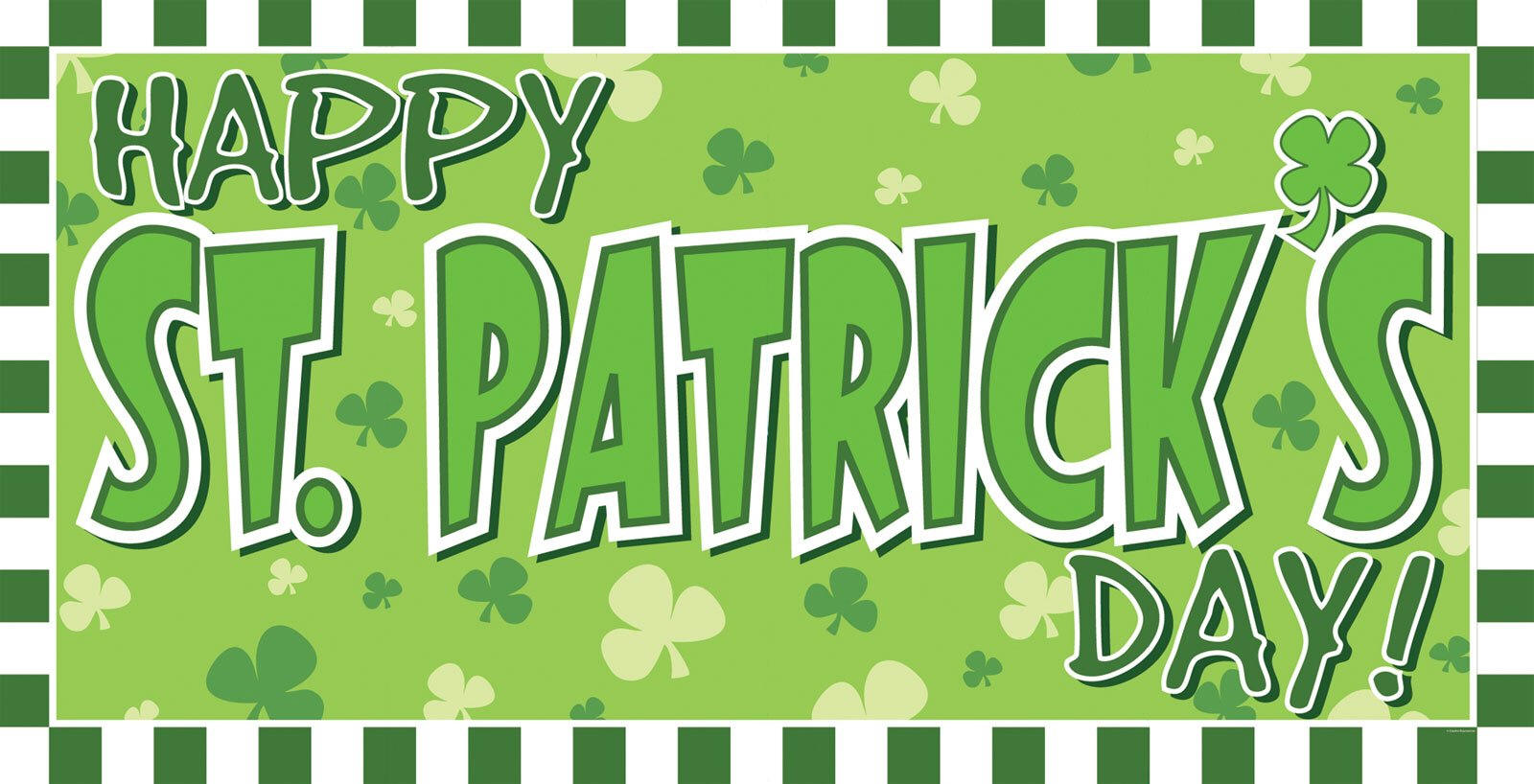
The great Santa Ana Elks evening ended at 11pm when the deceased and otherwise absent lodge members are recalled when the lodge esquire intones, "It is the Hour of Recollection." The exalted ruler or a member designated by him gives the 11 o'clock toast, of which this version is the most common:
"You have heard the tolling of eleven strokes. This is to remind you that with Elks, the hour of eleven has a tender significance. Wherever Elks may roam, whatever their lot in life may be, when this hour tolls upon the dial of night, the great heart of Elkdom swells and throbs. It is the golden hour of recollection, the homecoming of those who wander, the mystic roll call of those who will come no more. Living or dead, Elks are never forgotten, never forsaken. Morning and noon may pass them by, the light of day sink heedlessly into the west. But ere the shadows of midnight shall fall, the chimes of memory shall be pealing forth the friendly message: To our absent members."
